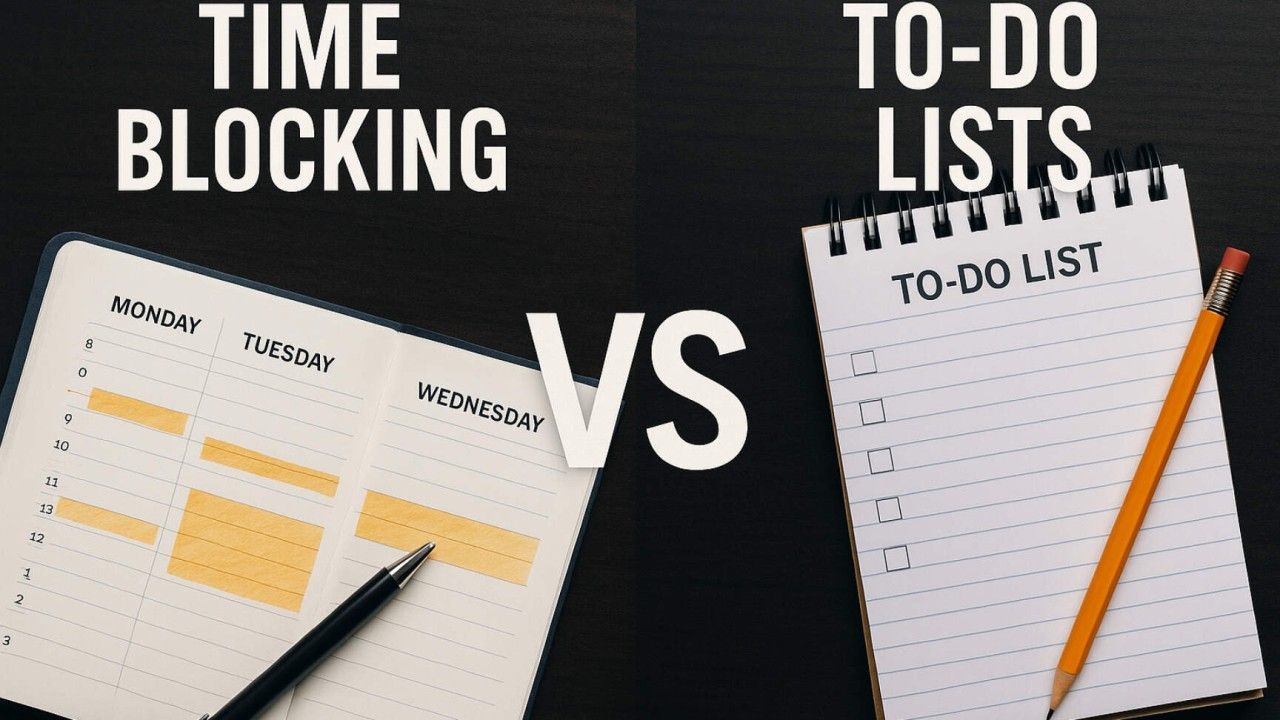

In our fast-paced world, effective time management has become crucial for success and productivity. Let’s learn more about this topic below with Snake Game as we explore two popular methods: time blocking and to-do lists, examining their strengths and weaknesses to help you choose the right approach.
Time blocking is a structured approach to managing your day by assigning specific time slots to different tasks and activities. Instead of working from a simple list, you deliberately schedule when you’ll tackle each task. This method creates a visual representation of your time commitments and helps ensure that important activities receive dedicated attention.
The concept gained popularity through productivity experts like Cal Newport, who emphasizes its effectiveness in deep work. Time blocking forces you to be realistic about what you can accomplish in a day by making you confront the finite nature of time. When you block out hours for specific tasks, you’re less likely to overcommit or underestimate the time needed for completion.
Read more: 5 Proven Time Management Techniques That Actually Work
To-do lists have been a staple of personal organization for centuries. They provide a straightforward way to capture tasks and responsibilities in one place. The simplicity of listing items and checking them off as they’re completed offers immediate satisfaction and a clear sense of progress.
However, traditional to-do lists can become overwhelming when they grow too long. They don’t account for time constraints or task complexity, often leading to unrealistic expectations about what can be accomplished. Many people find themselves moving uncompleted items from one day to the next, creating a cycle of perpetual postponement.
Time blocking excels in several areas. First, it helps prevent context switching by dedicating specific periods to similar tasks. This focused approach can increase productivity by up to 80%, according to research. When you know exactly what you should be working on at any given moment, decision fatigue decreases significantly.
Another significant advantage is the built-in buffer time between tasks. By scheduling realistic time slots, you account for transitions and unexpected interruptions. This method also helps in identifying and eliminating time-wasting activities by making your time allocation visible and measurable.
To-do lists offer flexibility and adaptability that time blocking sometimes lacks. They’re excellent for capturing quick thoughts and ensuring nothing falls through the cracks. The simple act of writing down tasks can reduce anxiety and create a clearer mental space.
Lists also provide a valuable overview of all responsibilities, making it easier to prioritize and rearrange tasks as needed. They’re particularly useful for managing small, quick tasks that don’t require significant time investment but still need to be completed.
Many successful professionals find that combining time blocking with to-do lists creates a more robust system. You can use lists to capture tasks and ideas throughout the day, then transfer important items into your time-blocked schedule. This hybrid approach maintains flexibility while ensuring structured time for priority work.
Start by creating a master to-do list, then use time blocking to schedule the most important tasks during your peak productivity hours. Leave some unscheduled time for unexpected tasks and use your to-do list to manage smaller items that can fit into available gaps.
To effectively implement either method, start small and build gradually. Begin with blocking out just 2-3 hours per day for your most important work, or create a simple daily to-do list with no more than 5-7 items. As you become comfortable with your chosen system, you can expand its use.
Regular review and adjustment are crucial. Spend 10-15 minutes each evening planning the next day, and conduct weekly reviews to assess what’s working and what needs modification. Remember that any productivity system should serve you, not the other way around.
Both methods can fail if not properly implemented. With time blocking, the biggest mistake is scheduling every minute without allowing for flexibility. Life is unpredictable, and rigid schedules often break down under real-world pressures. Always build in buffer time and be prepared to adjust your blocks as needed.
For to-do lists, the main pitfall is creating unrealistic lists that set you up for failure. Avoid the temptation to list everything you might want to do someday. Focus on what’s truly important and achievable within your current constraints.
Read more: How to Create a Daily Schedule That You’ll Stick To
The best system for you depends on various factors, including your work style, responsibilities, and environment. Time blocking might be ideal if you have significant control over your schedule and need focused time for complex projects. To-do lists might work better if you deal with many variable tasks and need flexibility in your day.
Consider trying each method for two weeks, then evaluate which one helped you feel more productive and less stressed. Pay attention to how each system affects your energy levels and ability to complete important work.
Both time blocking and to-do lists have their merits in the battle for better time management. The key is finding a system that aligns with your working style and helps you achieve your goals. Whether you choose one method exclusively or combine both, the most important factor is consistency in implementation.
Remember that productivity systems are tools to help you work better, not perfect solutions. Be willing to experiment and adapt these methods to create a personalized approach that works for you. With practice and patience, you can develop a time management system that enhances your productivity while reducing stress and overwhelm.